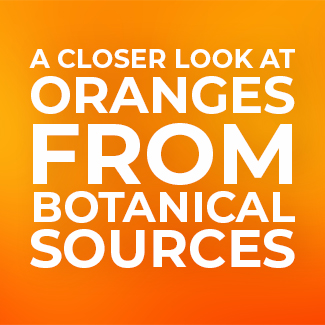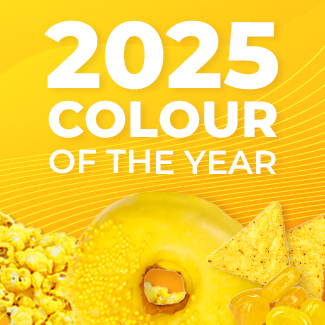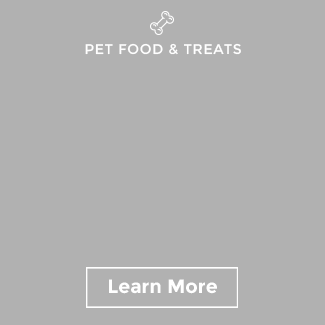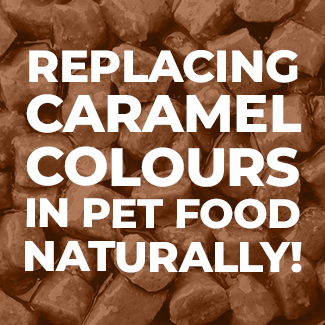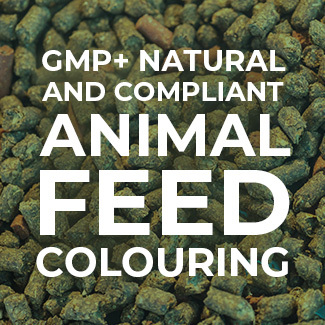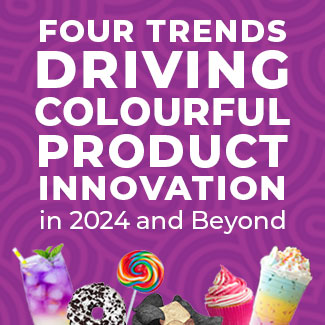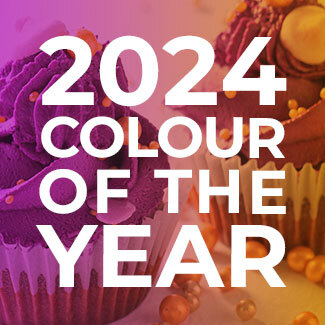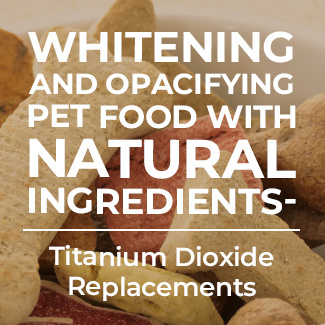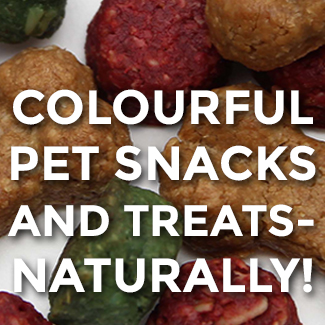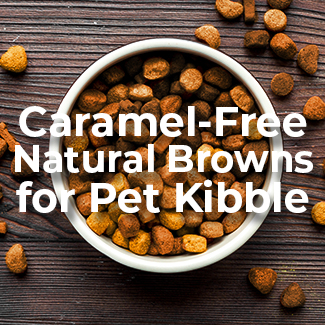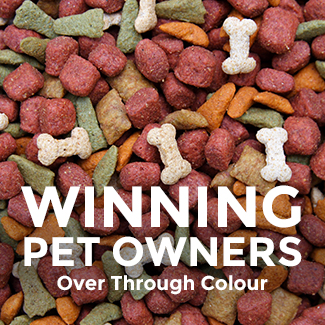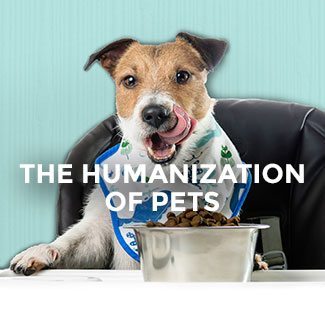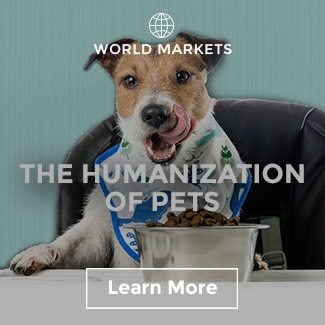How Can Pet Food Meet Trending Wellness Demands with Colour?
Holistic Wellness Extends to Pet Products
Proactive consumer attitudes toward holistic wellness continue to expand and we are now reaching mental, social, and emotional health as well as physical fitness. With the humanization of pets and product premiumization, pet owners equally show heightened interest in premium pet products.
“What you feed your pets has a direct impact on their emotional wellbeing.”
79% of Polish consumers
“I would like to know more about supporting my pet’s brain health through its diet.”
83% of Italian consumers
“I would be interested in pet food with ingredients that support gut health (e.g. fermented ingredients, prebiotics/probiotics, etc.)”
63% of French consumers
The Value of Colour in the Pet Category
A 2014 study from the Sensory Analysis Center at Kansas State University found that dry kibble will be most liked by pet owners if it varies in colour, as it increases the perception of a more expensive product. The same study found that pet liking was highly correlated with owner liking, indicating the importance of winning over pet shoppers to win over pets in the purchase and consumption process. Sensient equally evaluated the specific and quantifiable impact of colour on purchase intent for European pet owners in a 2018 online consumer research study. When the consumers had to rate a light or a darkly coloured pet food (without seeing the other one), the darker brown pet food achieved a significantly higher liking. It was perceived to be more appetizing, tasty, and flavourful. Consumers perceived it to be more natural and 76% of them thought it was of higher quality. Most importantly, the study showed how big of a difference colour, and visual appearance make in purchase decisions. 59% of participants indicated the intention to buy the darkly coloured compared to 38% for the lighter version, which directly concludes that manufacturer’s financial outcomes would be affected by the choice of colour for their products.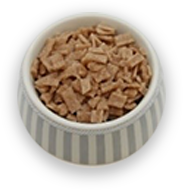
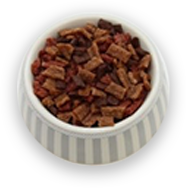
 Achieving Multicolour Goodness for Wellness Perception
Highlight functional properties and make a high-quality impression by achieving a vibrant, flavour-appropriate appearance with natural colouring solutions.
Achieving Multicolour Goodness for Wellness Perception
Highlight functional properties and make a high-quality impression by achieving a vibrant, flavour-appropriate appearance with natural colouring solutions.
From deep beefy reds to pale salmon pinks, developers have a wide selection of bake- and extrusion-stable red solutions. Based on your development needs there are both colouring food and natural colour options available. From advanced beet-based technologies like SupraRed™ and Magna Ruby to solutions based on red radish or even carmine can offer developers a range of pinks and reds to achieve meaty shades in treats and kibbles.

For bold, eye-catching yellows in pet products like kibble and treats, colour experts recommend natural options like carthamus or carrot extract for example. Whether it is the dough or a fat-based decoration, with these naturally vibrant solutions you can achieve eye-catching intense shades. If you are looking for the “cleanest” solutions based on simple ingredients, Cardea™ colouring foods offer a great option for pet snacks.

Achieve vibrant green shades naturally in extruded products and kibbles with the natural Mint Green color solution or with one of our Cardea solutions like Cardea™ Pistachio. For a bright mint green treat or fat-based decoration, developers can use a mixture of blue and yellow shades as well.

Caramel-free browns from light brown to deep, dark shades to convey rich protein content or high meet content can be achieved with a variety of colouring foods and natural colours from Sensient’s Natural Brown platform.

To represent ingredients like carrots in a kibble mix, developers can use bold orange colour solutions with ingredients like beta carotene, annatto, or blends of natural reds and yellows.

Not long after the ban on titanium dioxide in food products, the European Commission published a regulation removing E171 from animal feed as well. Whitening and opacifying agents like those in Sensient’s Avalanche™ portfolio offers developers a bright, clean, consistent base on which you can build these bold colours.





